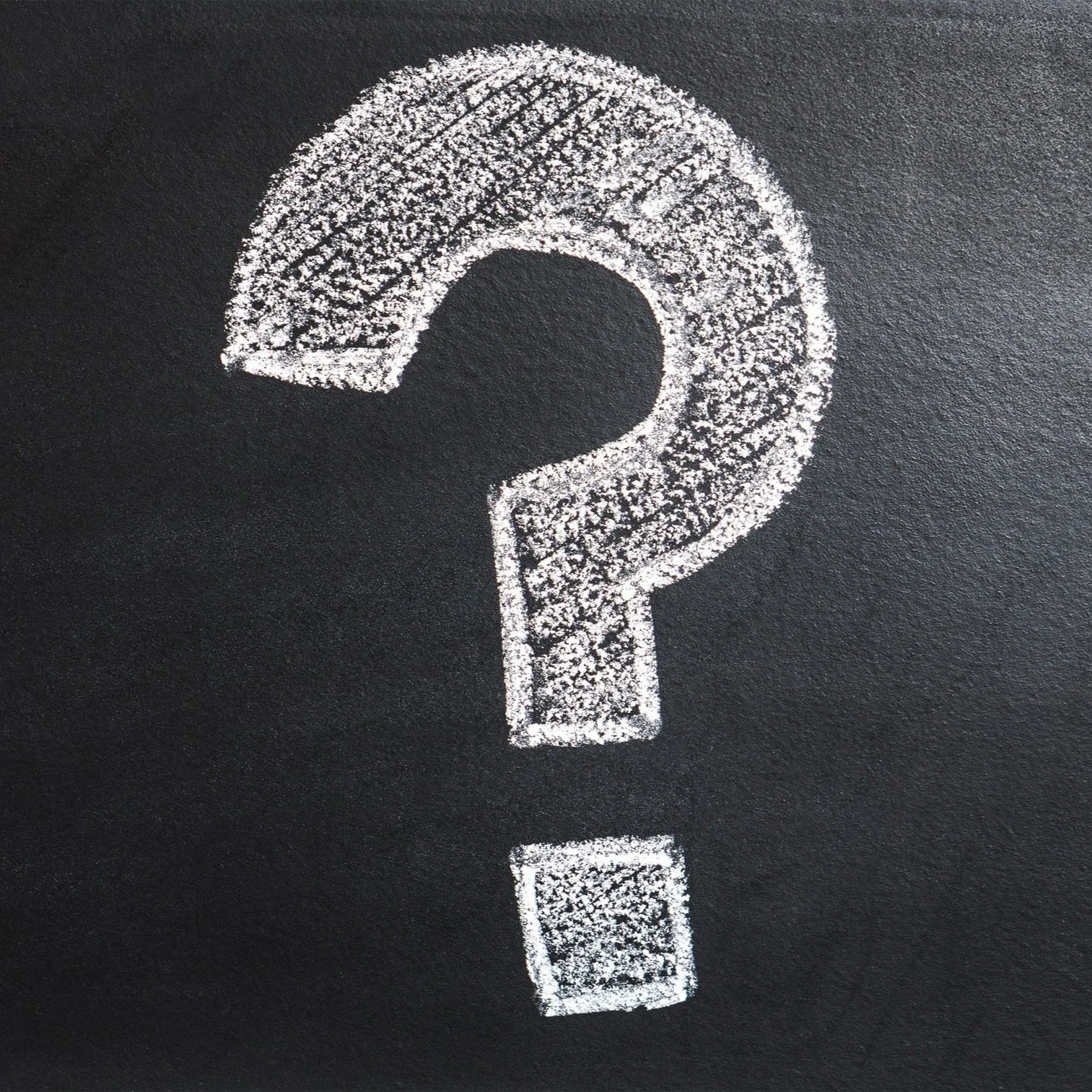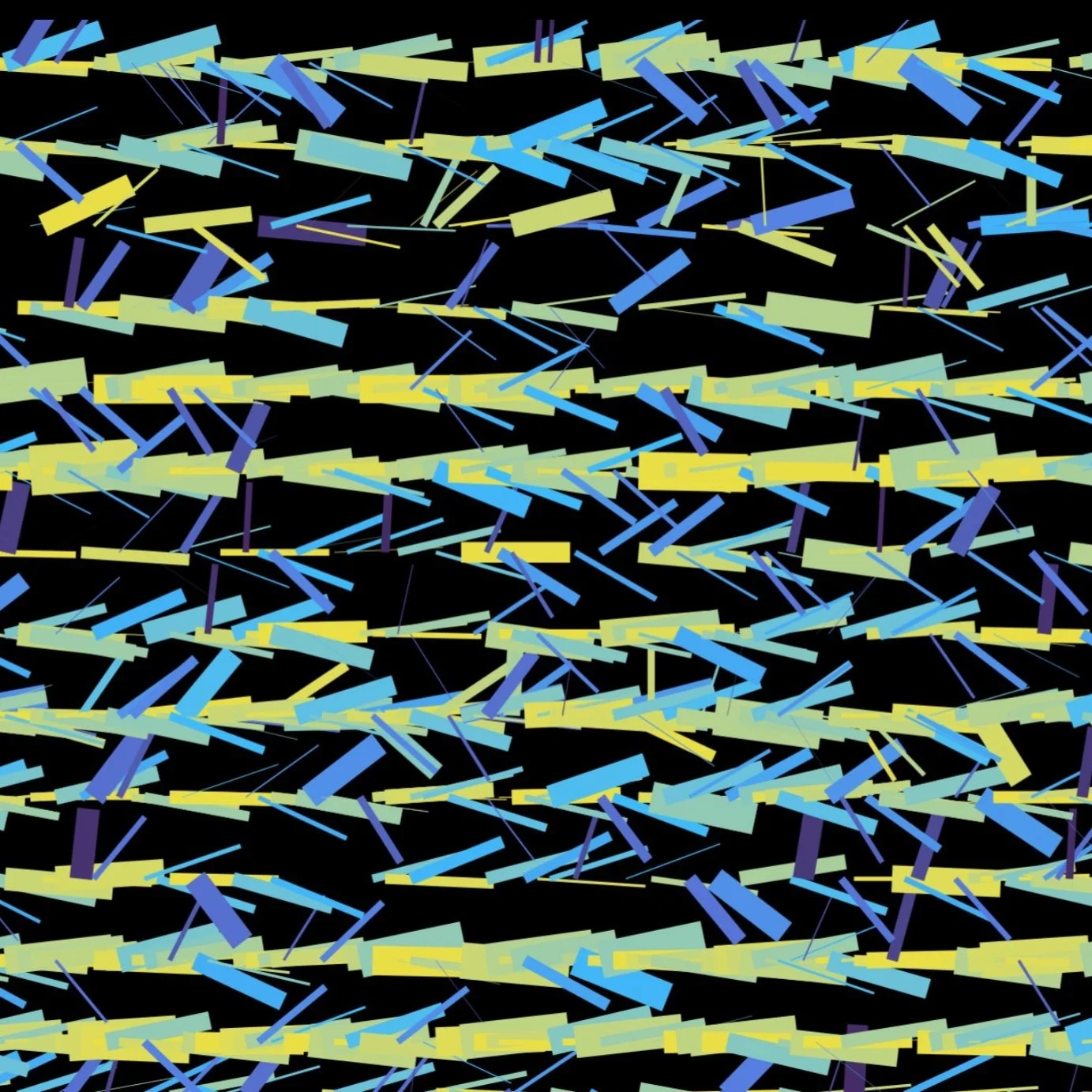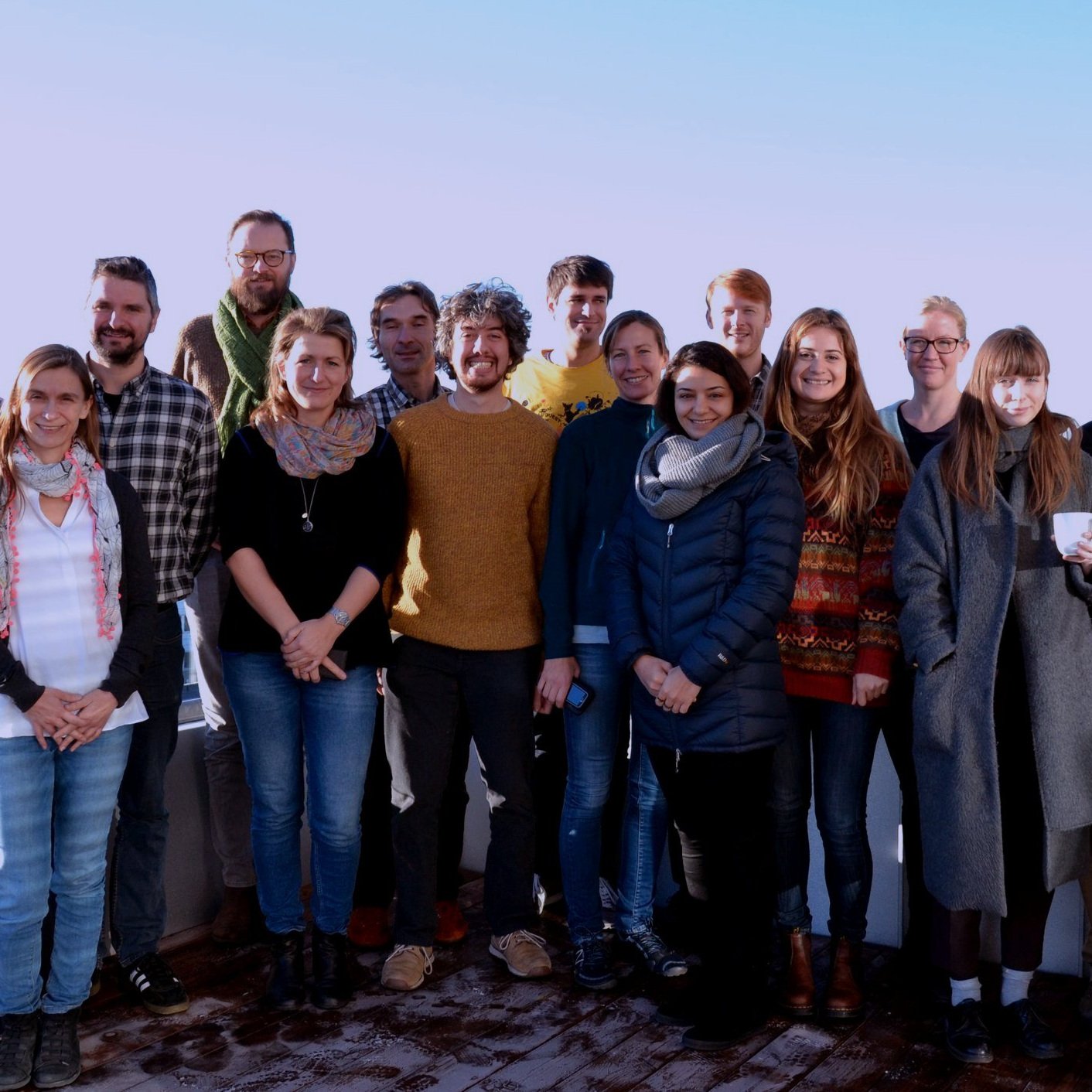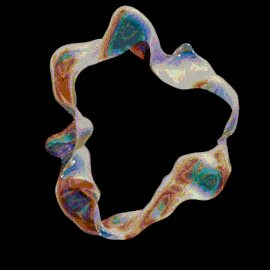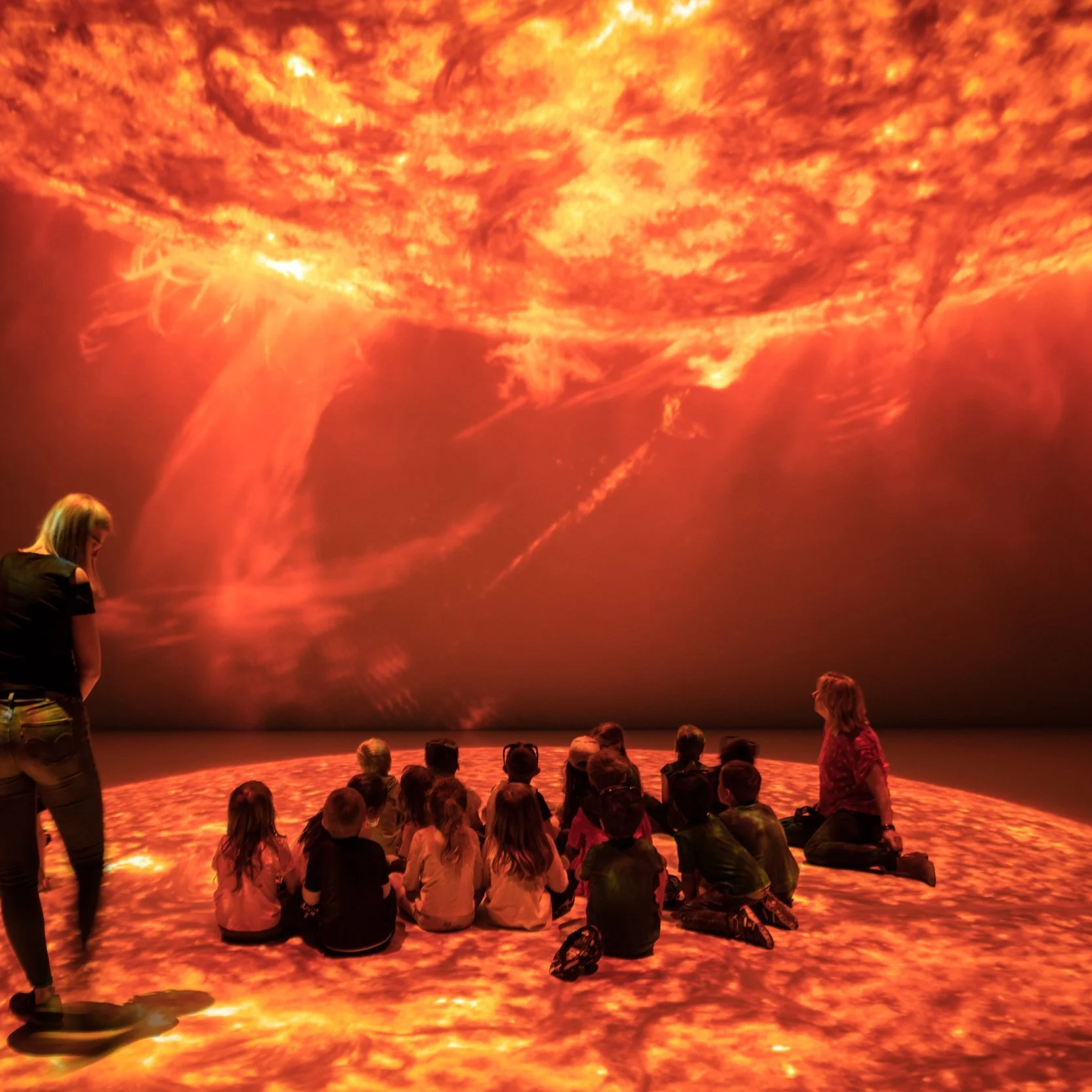When: 11 June, 2025
Where: Online, link shared upon registration
Speaker: Dr Stephen Bell, University of Adelaide
Bio
Assoc. Prof. Stephen Bell is a teaching and research academic in the discipline of chemistry at the University of Adelaide, Australia. He has broad research interests in heme enzymes and biocatalysis with a focus on the function and application of cytochrome P450 enzymes from a range of bacteria found in interesting biological environments. He was born and educated in Belfast. He studied at the University of Oxford for undergraduate and postgraduate degrees before moving to Adelaide.
Abstract
Stephen G. Bella, Matthew N. Podgorski,a Joel, H.-Z. Leea, Jinia Akter,a Alecia R. Gee,a Tuhin Dasa, Oghenesivwe Osiebe,a & Eva F. Hayball,a
a Discipline of Chemistry, University of Adelaide, Adelaide, SA, 5005, Australia
Cytochrome P450 heme containing metalloenzymes (CYPs) are monooxygenases which catalyse a diverse range of oxidation reactions through the activation of dioxygen. However, the high cost of the required nicotinamide cofactors and their need for additional electron transfer proteins limits their use as biocatalysts in larger-scale chemical applications. We have recently identified that a family of these CYP enzymes involved in the oxidation of lignin derived aromatics can function as peroxygenases [1]. We have investigated whether other bacterial CYPs can be converted into efficient peroxygenases through protein engineering of the enzyme’s oxygen activation machinery to more closely resemble those of the natural peroxygenase [1,2]. We have developed mutants which have significantly higher peroxygenase activity than a single mutant prototype and that function at significantly lower hydrogen peroxide concentrations [3]. The X-ray crystal structures and other spectroscopic techniques (UV-Vis/EPR) revealed significant structural changes at the heme and the oxygen-binding groove providing a rationale for the modified activity. In crystallo reactions have been undertaken by soaking crystals with hydrogen peroxide before data collection and exhibit loss or gain of electron density corresponding to the expected metabolite [4]. We have extended our mutagenesis strategy to CYP enzymes from a diverse range of bacteria and generated new peroxygenase biocatalysts for the regio- and stereo-selective hydroxylation of steroids, norisoprenoids and drug molecules at relatively low hydrogen peroxide concentrations [5-7]. When this method is applied to CYP enzymes from thermophilic bacteria these reactions can occur at elevated temperatures enabling enzymatic hydroxylation reactions on a variety of substrates under non-standard biological conditions [7].


